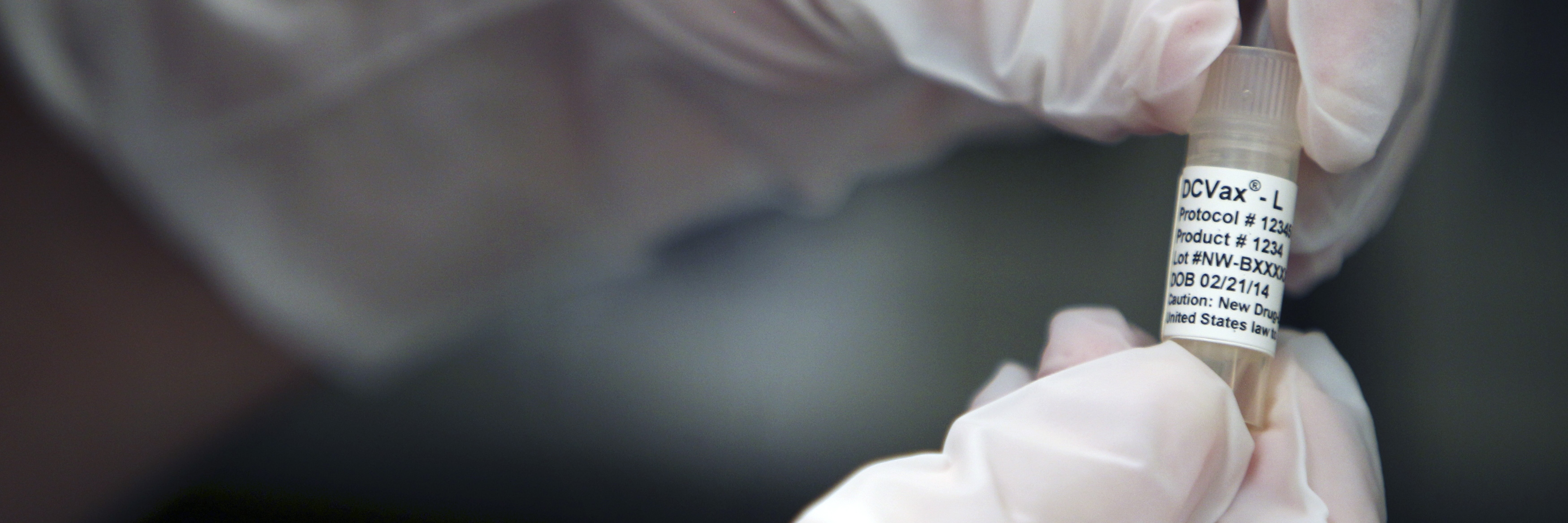Cancer Enhancements in the Digital Age

Technological advances in pharmacology, genetic engineering, genomics, and artificial intelligence are increasing the speed at which medical breakthroughs occur. These advances are creating fundamental changes to our understanding of health and medical treatment and could produce a lasting positive mortality and morbidity impact.
In this article series, the Munich Re medical team examines recent innovations in the field of medicine that are of particular interest to life and disability insurance carriers. Today we look at encouraging progress in cancer detection and treatment.
A Deeper Understanding of Cancer
Improving cancer care has long been a focus of the medical and insurance community, given the significant burden of cancer on both morbidity and mortality outcomes. Recent advances in cancer research have sparked excitement and renewed interest in cancer cures beyond the medical community. One example is the Biden administration’s renewal of 2016’s Cancer Moonshot program, which has a stated goal of reducing the cancer death rate by half within 25 years.1
The current optimism around increasing cancer longevity is driven by technological advancements that have deepened our understanding of the disease and upended current approaches for prevention, diagnosis, and treatment.
For over 150 years now, cancer has been diagnosed primarily by physically taking a piece of tissue and seeing atypical cells under the microscope. And cancer treatment has been primarily the removal of any abnormal appearing tissue with surgery and/or the attempted eradication of fast-growing tumor cells with non-specific chemotherapy or radiation. But these methods also tend to produce much collateral damage.
Cancer is now being viewed differently, by more effectively recognizing cancer as a disease of genetic alterations. New technologies and boosted computational power are helping identify the genetic signature of each individual cancer to better understand the factors that drive that cancer’s growth and capacity to evade the immune system. Machine learning-assisted imaging and histologic interpretation can spot changes that the human eye cannot identify, leading to improved diagnosis. Researchers and clinicians are using all this information to develop treatments that are specific to each person’s unique cancer.
Targeted Screening and Treatment
Technology is also allowing for more targeted screening and early diagnosis based on one’s own risk factors. At least 42% of all cancers are viewed as avoidable according to the American Cancer Society, driven by behavioral factors such as smoking, drinking, or obesity.2 Early screening methods for a variety of cancers have become more broadly available and appear to be promising. The tests typically look for evidence of cancer presence by means of circulating tumor DNA found in a simple blood draw, or ’liquid biopsy‘. These biomarkers are often evident in the blood well before cancer presence or recurrence manifests.
In the area of cancer treatment, personalized medicine based on genotyping of tumor tissue has now become standard for many cancers. Using this technology, often in conjunction with newly discovered cancer-specific biomarkers and cell-free DNA from a liquid biopsy, can help point the way to targeted treatments and can better predict the response to therapy.

One very promising treatment area is immunotherapy – using one’s own natural defenses to fight the disease. Chemotherapy is already being displaced in many situations with this type of therapy in the form of immune checkpoint inhibitors, which unmask cancer cells as being ‘foreign’, allowing one’s own immune system to destroy the cancer cells. In addition, even more tumor-specific “targeted” immunotherapies appear to be very encouraging. These include so-called cancer vaccines, which take advantage of breakthroughs in mRNA vaccine technology by creating cancer surface proteins (neoantigens) based on the tumor’s genetic pattern, that then leads to immune T-cell lymphocyte activation against the cancer.
Another type of immunotherapy, adoptive cell immunotherapy, extracts immune T-lymphocytes from the body, modifies them to be able to better recognize and kill cancer cells, reproduces them in large quantities, and reinjects them back into the body to do their work. This is being accomplished in a number of ways, such as chimeric antigen receptor T-cell therapy, amplified tumor-infiltrating lymphocyte therapy, and CRISPr-Cas9 gene editing technology.
Could the “C” Word Be Cure?
Looking to the near future, artificial intelligence (AI) and other new technologies promise a host of augmented cancer care solutions, including combinations of the afore noted techniques and the identification of totally new and unique diagnostic and treatment pathways.
With cancer being the leading cause of death in the U.S. life-insured population, advancements that impact cancer incidence, diagnosis, or outcomes are of keen importance to our industry and our clients.3 More importantly, they bring hope and a better future to millions impacted by cancer.
Contact the Author
/Brad%20Heltemes.jpg/_jcr_content/renditions/original./Brad%20Heltemes.jpg)
Related Content
Newsletter
properties.trackTitle
properties.trackSubtitle



